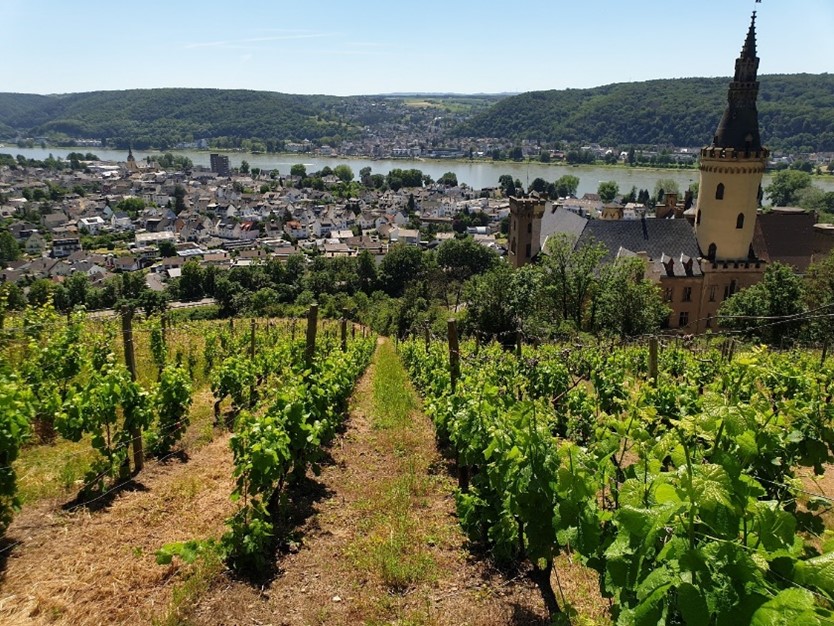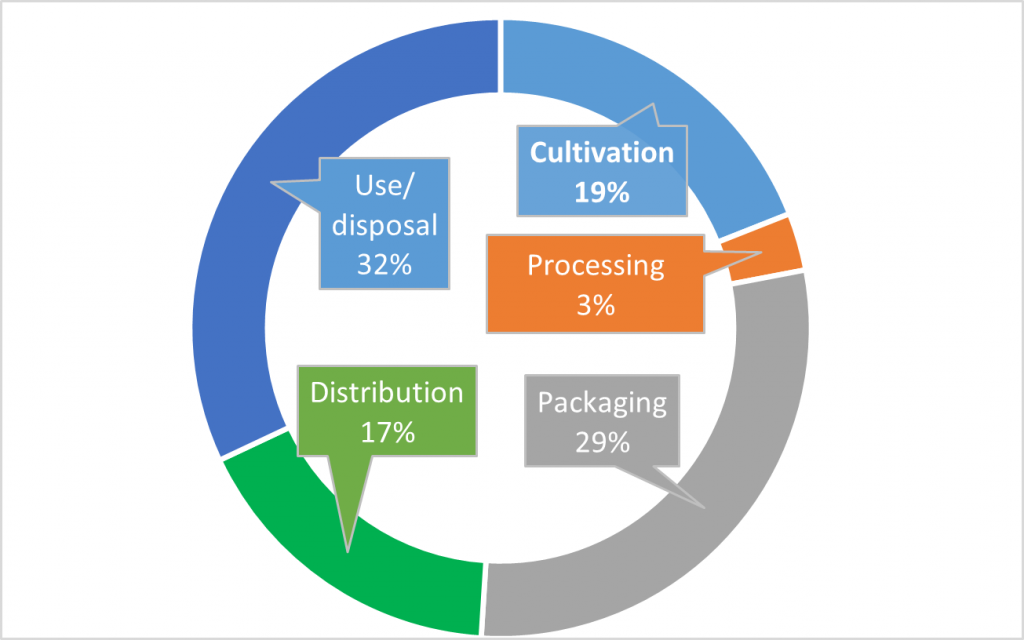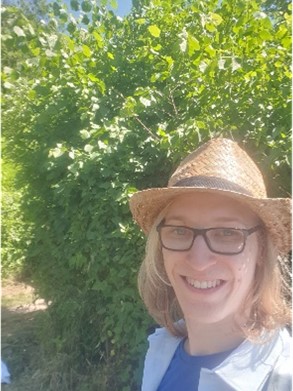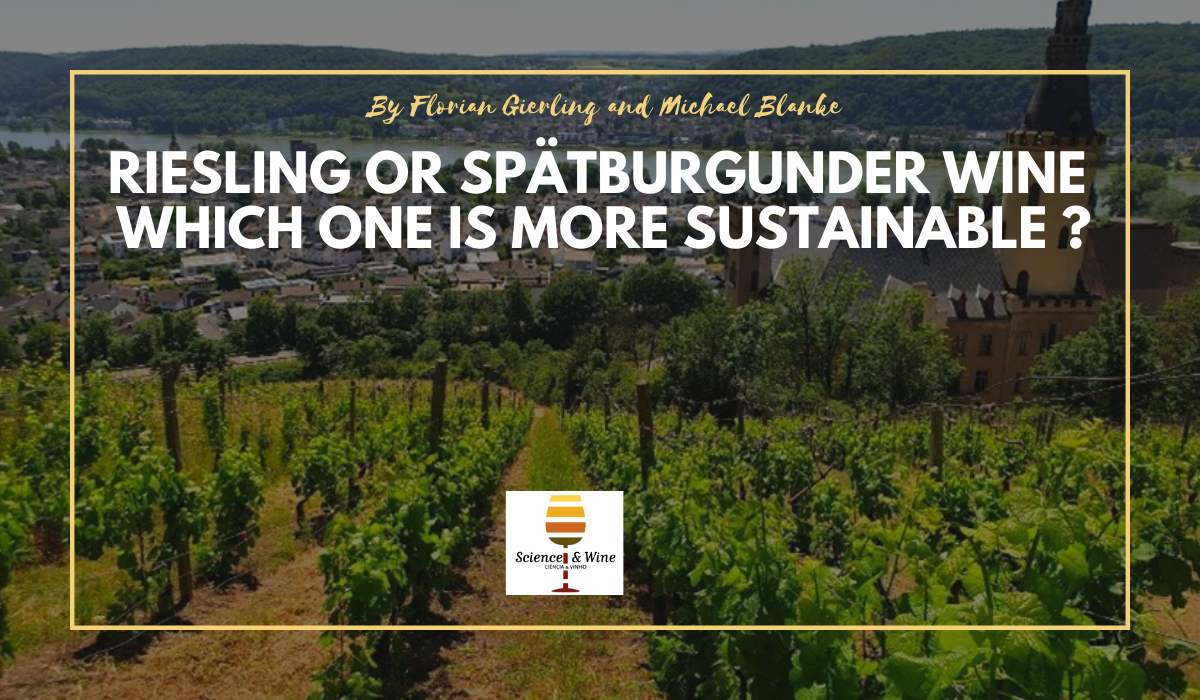By Florian Gierling and Michael Blanke
Background
The paintings of William Turner in London‘s Tate Gallery are a prime example of the Rhine romance (Figure 1). This landscape, which attracts many tourists from around the world, is characterised by steep vineyard slopes on the border of the UNESCO world heritage site, the first ever nature reserve in Germany.

The wines from the lower Rhine valley of Germany are one of the furthermost North growing areas and appreciated not only by the locals. Riesling and Spätburgunder have been the dominating white and red wine varieties in Germany for centuries.

The awareness of sustainability and the demand for environmental-friendly products are growing. This trend also challenges the wine industry to determine the benefits and burdens for the environment from planting of the grapevines in the vineyard to bottling the wine and distribution. Carbon footprinting is such a suitable tool to quantify such environmental impact by identifying and quantifying the involved greenhouse gas emissions.
Our study
In our study, we examined the carbon footprint of the whole life cycle of wine, from cultivation of the grapevines, fertilisation, harvesting and processing the grapes, wine bottling, collection and use by the consumer as well as the bottle disposal.

Our carbon footprint study was based on the PAS 2050-1 guideline, which was developed for horticultural products and wine, from the British Standards Institute (BSI) in London. A 0.75 L bottle of wine was used as reference from two wineries in the lower Rhine valley of Germany. Data from historical farm records and on-site measurements on the wineries for a white wine (Riesling) and a red wine (Spätburgunder, Pinot Noir) was used and processes converted into CO2-equivalents.
The hotspots
To our surprise, the largest carbon emissions did not come from cultivation phase, but came from the consumer shopping trip to the winery or to the retail store with the consumer’s fossil fuel powered private vehicle The second carbon hotspot was in the packhouse, which attributed to the production of the glass bottles. The distribution phase included the energy demand for heating and lighting of the point of sale, which was mostly the winery itself or the wine cellar. Since the wine was sold there almost all year round, the heating and lighting of wineries had a significant impact on the emitted greenhouse gases. The Carbon emissions from cultivation could be attributed the fossil fuel consumption of the farm vehicles and the use of fertiliser and plant protection chemicals in the vineyard.

The processing phase with the energy demand for the machineries of the winery resulted in a comparatively small amount of greenhouse gas.
For more sustainable and environmental-friendly wine- carbon reduction potentials:
- The wineries could improve the carbon footprint of their wine by using lightweight glass bottles or different packaging materials, which are able to mitigate the carbon emissions from the energy-intensive production of glass bottles.
- The wine consumers had the greatest share (32%) in the carbon footprint of the wine they consumed (Figure 3). Hence, major a carbon reduction could be achieved by shopping with fuel saving cars or use of environmental-friendly transport means such as public transport.
Read more under:
- doi: https://prg.doi./10.17660/ActaHortic.2021.1327.93
- doi: https://doi.org/10.1016/j.jenvman.2020.111453
The authors

Florian Gierling 
Michael Blanke 
Florian Gierling finished his studies of agricultural Sciences at the University of Bonn. Within his master thesis, he became an expert in carbon footprinting and LCA as sustainability tools. The study was based on close collaboration with two local wineries.

